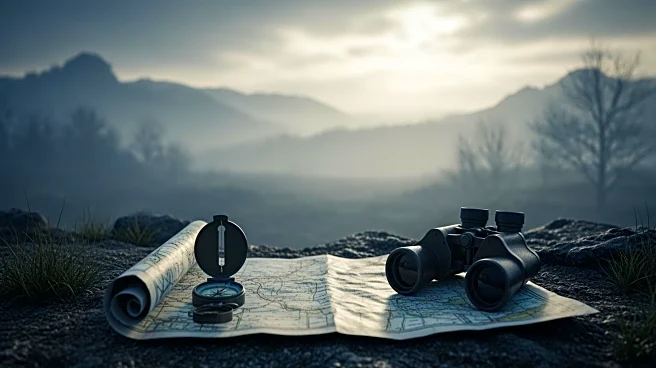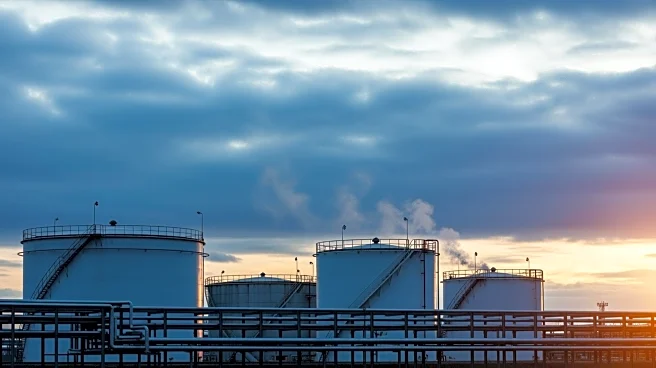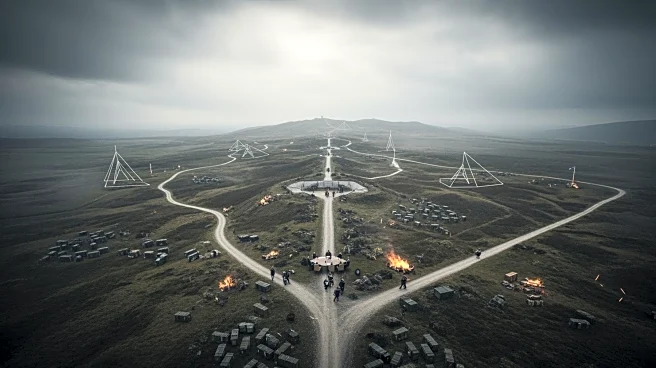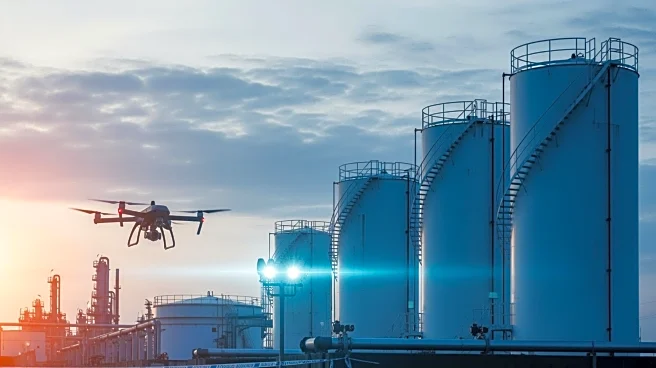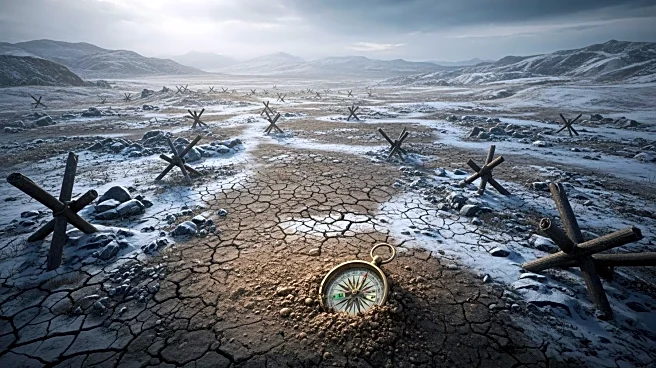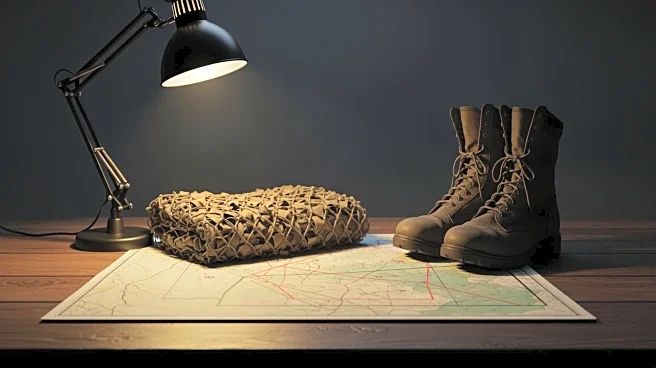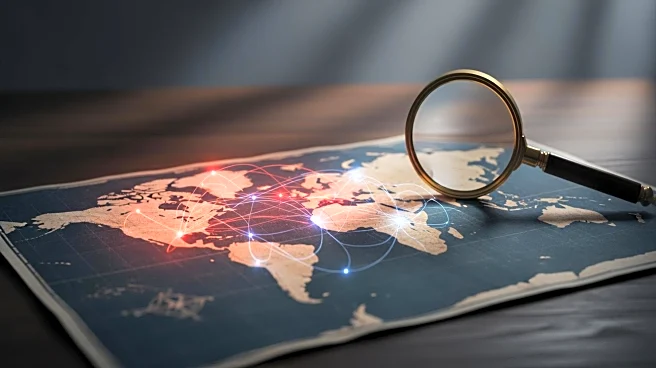What's Happening?
In Ukraine, changing weather conditions are playing a significant role in the ongoing conflict, affecting military strategies for both Russian and Ukrainian forces. Thick fog has limited the use of drones,
a crucial tool for surveillance and targeting, but has also provided opportunities for tactical maneuvers. Russian forces have utilized the fog to construct a pontoon across the Vovcha river, facilitating the movement of vehicles. Meanwhile, Ukrainian forces have leveraged the fog to conduct raids in contested areas like Pokrovsk. The unpredictable weather has introduced an element of randomness to the battlefield, complicating operations for both sides.
Why It's Important?
The impact of weather on military operations in Ukraine highlights the dynamic nature of modern warfare, where environmental factors can significantly influence outcomes. The fog has disrupted drone operations, a key component of surveillance and targeting, affecting both sides' ability to gather intelligence and execute precise strikes. This development underscores the importance of adaptability in military strategy, as forces must navigate changing conditions to maintain an advantage. The situation also reflects broader challenges in the conflict, where both sides are seeking to exploit any opportunity to gain ground, emphasizing the ongoing volatility and complexity of the war.
What's Next?
As weather conditions continue to fluctuate, both Russian and Ukrainian forces will likely adjust their strategies to account for environmental factors. This may involve increased reliance on ground operations and alternative surveillance methods. The unpredictability of the weather could lead to shifts in territorial control, as both sides seek to capitalize on opportunities presented by the fog. The situation may also prompt discussions on the role of climate and environment in military planning, potentially influencing future strategies and technologies. Additionally, the impact of weather on civilian evacuations and humanitarian efforts will remain a critical concern.
Beyond the Headlines
The influence of weather on the conflict in Ukraine raises broader questions about the intersection of climate and warfare. As climate change continues to affect global weather patterns, military forces worldwide may need to adapt to new environmental challenges. This could lead to innovations in technology and strategy, as well as increased collaboration between military and environmental experts. The situation also highlights the human dimension of the conflict, as civilians and soldiers alike navigate the uncertainties of war in a changing climate. Long-term implications may include shifts in geopolitical dynamics and increased focus on climate resilience in conflict zones.
